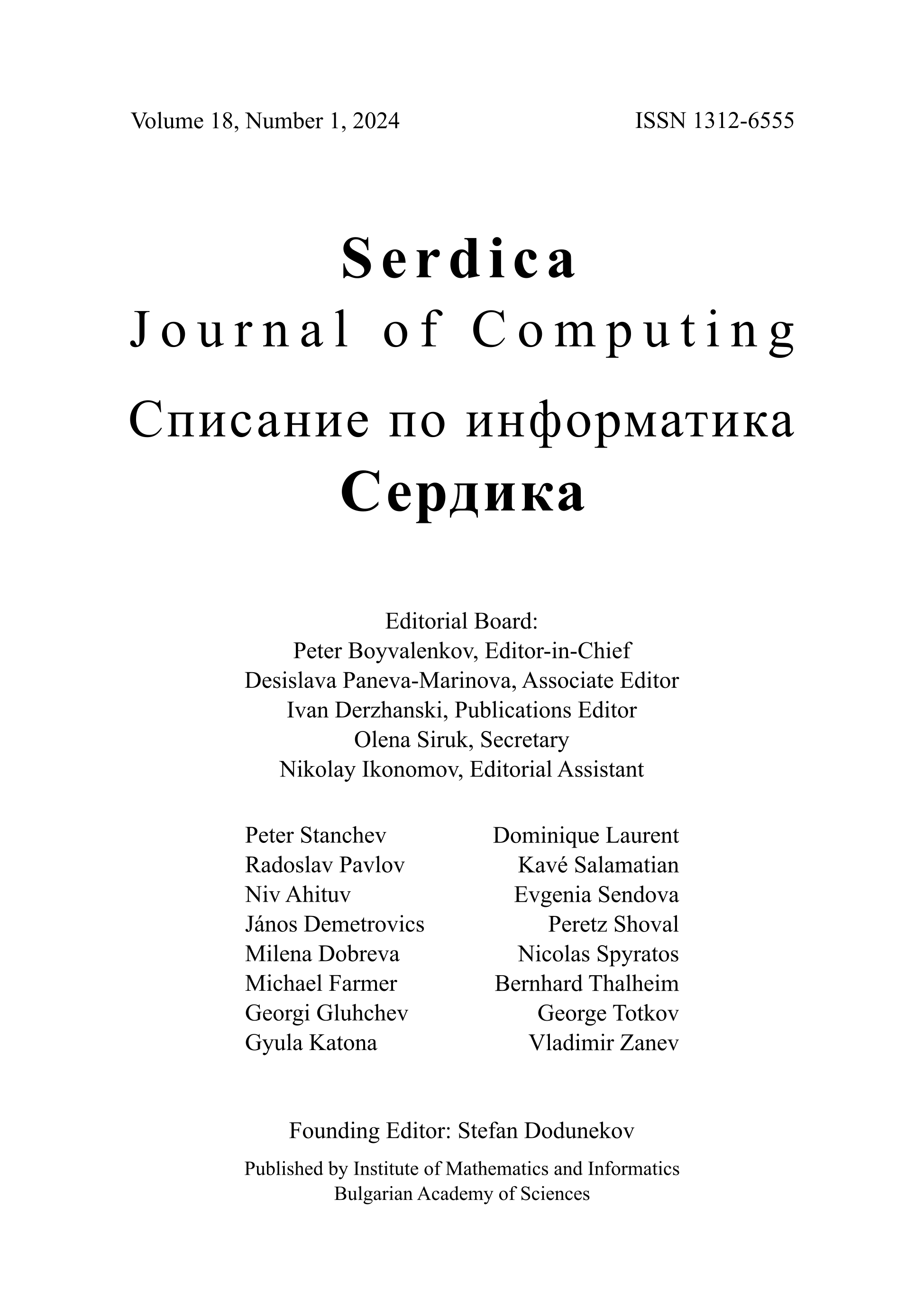Improving the Productivity of the E-learning Process
DOI:
https://doi.org/10.55630/sjc.2020.14.113-144Keywords:
e-learning, software development, thematic-oriented content, reusability of a learning content, personalized representation of a learning content, user identificationAbstract
The e-Learning systems have become extremely popular over the last decade. Moreover, not a long time ago they were considered as an alternative way of representing learning content. However, suddenly due to the COVID-19 pandemic they turned out to be the only possible option for keeping the learning process uninterrupted. This makes any research on possible ways of optimizing the presented learning content and its better absorption by the learners, as this paper, extremely important. The paper considers the possibilities for improving the productivity of the e-Learning process in four main areas: (1) reusability of learning content; (2) personalized representation of learning content; (3) proper identification of participants in an e-Learning process; (4) opportunities for easy scaling of learning environments. As a result of the research, a set of methods and models for creating personalized learning materials has been developed. The learning materials are aligned to the learner's preferred learning style and created from a thematicoriented content. All the conceptual models were then implemented into a software environment, which provides an opportunity for their validation and verification and assessment of their effectiveness. The research also presents a so-called "concept for software scaling" from the perspective of an e-Learning environment and a novel software architecture to be used as a base of a system implementation.

